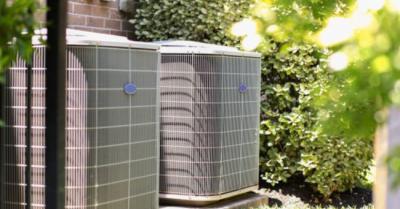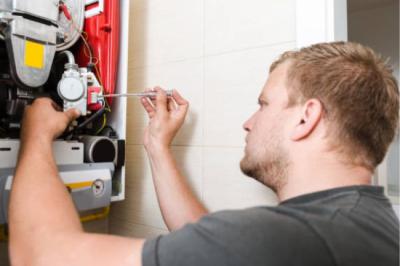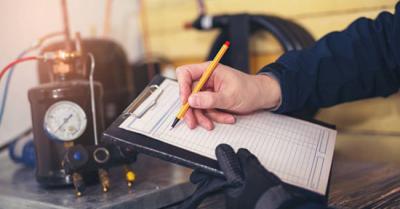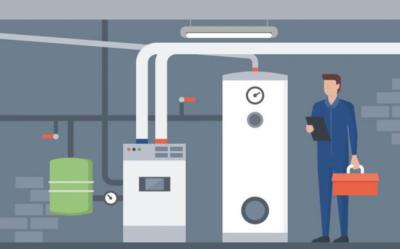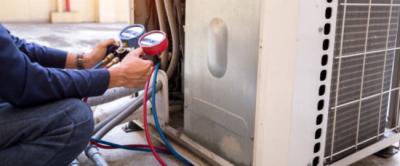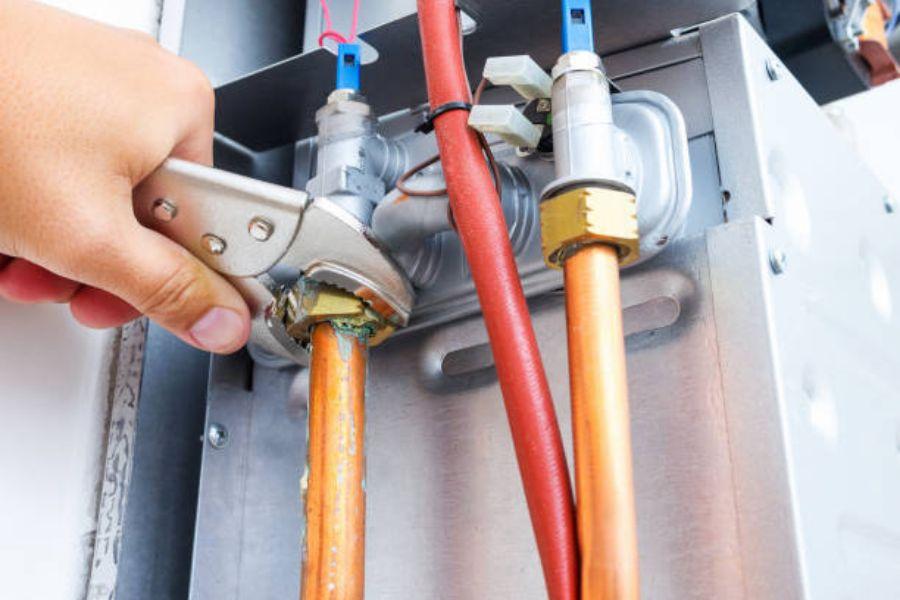
How to Diagnose a Furnace Problem? A Simple Guide for Everyone
When temperatures go down with the coming of winter, efficient heating is necessary for comfort and security. Nevertheless, it should be noted that every mechanical system is flawed. Diagnosing these problems by furnace repair experts may prevent further costs in terms of expensive refurbishments. This comprehensive manual by Wayne's Heating & AC experts explains step-by-step how to detect furnace issues.
Why Hire the Best Furnace Repair Service?
1. The best furnace repair services boast trained technicians with extensive knowledge of HVAC systems.
2. They offer prompt responses and efficient solutions, minimizing downtime.
3. Top services ensure repairs are done right the first time, preventing recurring issues.
4. Professionals prioritize safety protocols, especially in gas-powered systems.
5. Reputable services often provide warranties for their work, offering peace of mind to homeowners.
Warning Signs of Problems by the Best HVAC Company
It is important to note that there are general signals of furnace malfunction before going into the diagnostic steps. Keep an eye out for:
Inconsistent Heating
If there is one problem that is common with many furnaces and which has been experienced before, then it should be evident that something else must be wrong somewhere.
Unusual Noises
This problem manifests itself in rattles, knocks, and squeaks coming out from the furnace.
Frequent Cycling
Another warning sign explained by North Georgia Heating Company is short cycling. This issue is indicated by a furnace switching on and off too frequently.
Strange Odors
Any odd or nasty-smelling odor that resembles a burn or gas should be looked into immediately.
Spike in Utility Bills
Your furnace may need to be fixed by heating repair technicians in Blairsville, GA, if there is an abrupt and no apparent reason for a hike in energy bills.
Steps to Diagnose Furnace Problems
Since our experts at Wayne's Heating & AC have already found the symptoms of malfunctions in the furnace, let us explore a systematic method to identifying common furnace problems. They will guide you in identifying the precise origin or cause of the problem and thus give you a chance to address it directly.
Step 1: Check the Thermostat Settings
First, check if the thermostat is facing the ‘heat’ position and set at higher than the current room temperature. Often, this is as easy a resolution of small issues.
Step 2: Inspect the Air Filter
An obstructed or filthy air filter may inhibit airflow, resulting in a heated furnace. If a visible filter appears dirty, replace it.
Step 3: Examine the Pilot Light
The heating and air conditioning repair contractor explains to check if older pilot-light furnaces still have flames burned by them. In case not, relight them as per manufacturer’s guidelines.
Step 4: Inspect the Circuit Breaker
The furnace may shut down because of a trip of the circuit breaker. Open the breaker box and verify that the switch is on.
Step 5: Examine the Ventilation System
If your furnace is overheating, then this is because of blocked or obstructed vents, which hinder airflow. Check that all grills and ventilators are not obstructed.
Step 6: Monitor for Short Cycling
Observe the furnace as it operates. If it's turning on and off too frequently, it may be a sign of a malfunctioning component.
Step 7: Listen for Unusual Noises
Turn on the furnace and listen for anything weird. These noises could suggest mechanical problems mentioned in the points above.
Being able to detect furnace problems is an important skill of furnace repair service companies. This will help to save time and money and lower discomfort from the house. Using this manual as a guide, some minor problems in furnaces can be addressed by observing signs of failure. However, in case the problem persists, consider opting for professional HVAC services.
Frequently Asked Questions
Why is My Furnace Blowing Cold Air?
There may be several reasons here, ranging from a bad thermostat, a dirty air filter, and a faulty blower motor. One should check these components out or hire a gas furnace service.
What do I do when I smell gas near my furnace?
In case you smell gas, shut down the furnace, ventilate through open windows, and vacate the place. Call in a professional technician and your gas company right away.
How often should I change the filters in my furnace?
The type of filter and the manufacturer's recommendations are just two of the variables that affect how frequently filters need to be changed. The filter should typically be checked and changed every one to three months.
Wayne was a very nice guy. He was on time with quotes and installation. He did about 5 years ago.
- AbrB Services, Corp.
